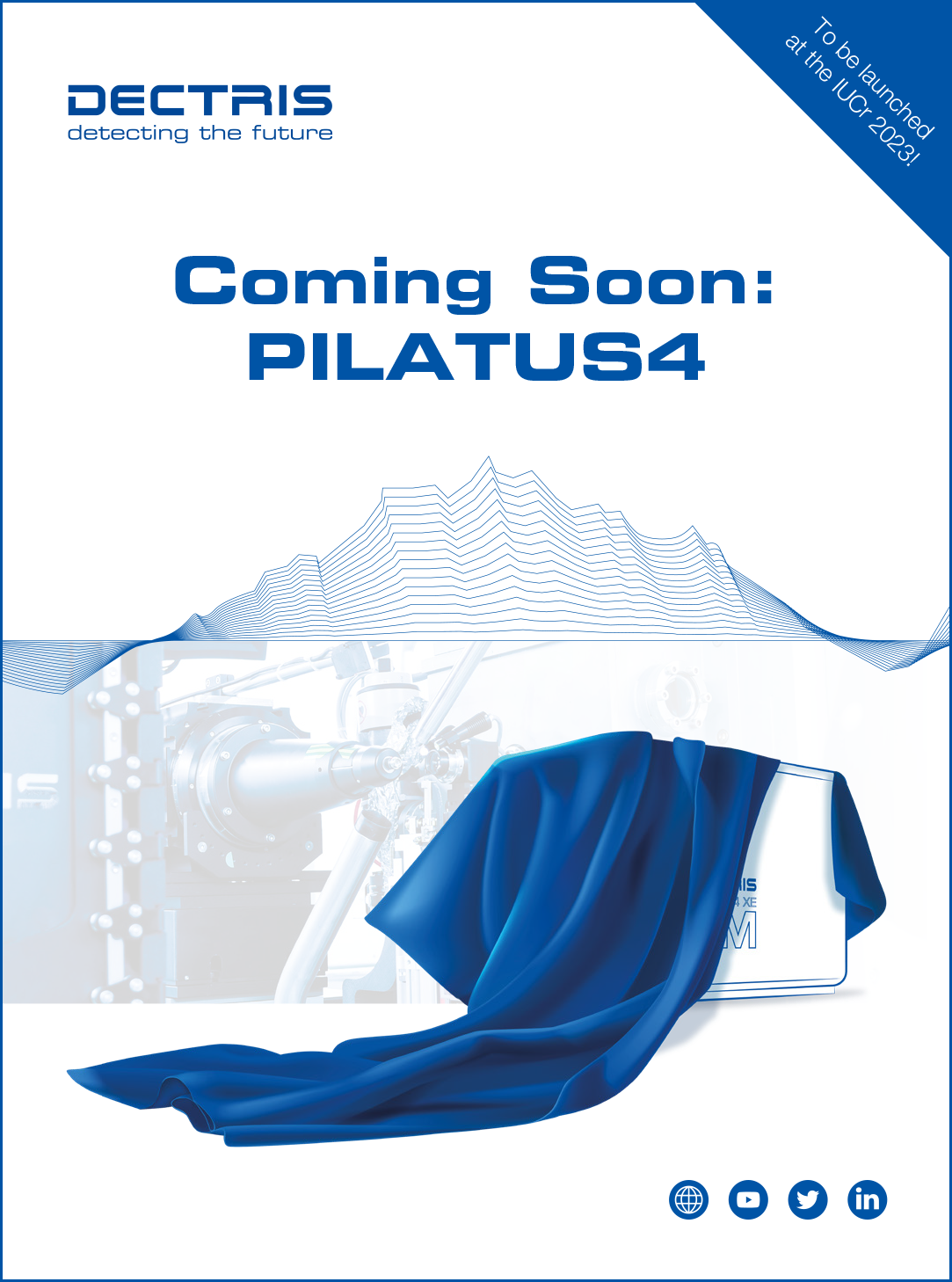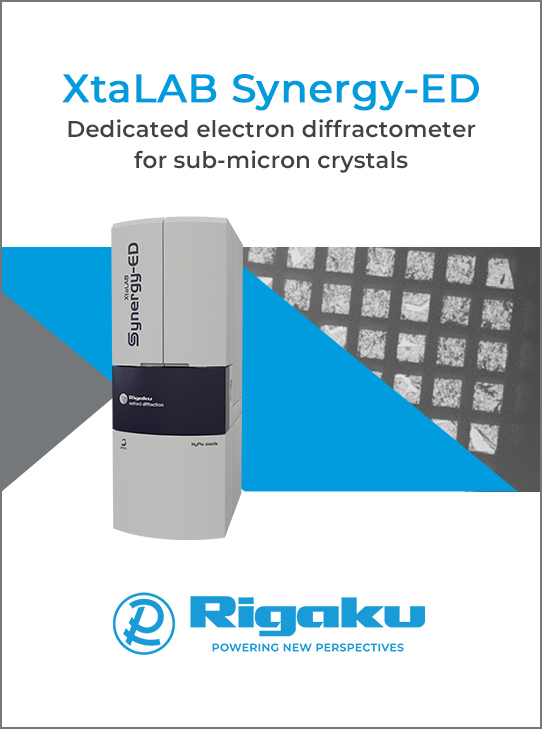


Book review
How Science Runs – Impressions from a Scientific Career. By Eric J. Mittemeijer
![Thumbnail [Thumbnail]](https://www.iucr.org/__data/assets/image/0010/156736/thumbnailmittemeijer.jpg)
Springer Nature, 2022. Pp. 266. Price EUR 31.64, ISBN 978-3-030-90094-6 (hardcover), ISBN 978-3-030-90097-7.16.75 (softcover). Price EUR 24.60 (eBook), ISBN 978-3-030-90095-3.
This is a fascinating book that should appeal to anyone wanting to have a view of the life of a typical academic scientist. The author, Eric Mittemeijer, is an internationally well known and distinguished materials scientist with considerable experience within university academia. In this book, he takes us on a series of journeys through 14 separate chapters, describing his own experiences in making his career. The book is quite long, at 266 pages, and is packed through with anecdotes about famous scientists that he has met during his career. Some of these are amusing, while others are highly critical of the behaviour of others and of certain aspects of academic life. The author does not hold back! He begins with the statement ‘Science is not an abstract activity performed by flawless gods’, which I think sums up the philosophy behind this book.
Professor Mittemeijer was born in the Netherlands and spent several years at the Delft University of Technology, holding the chair of the world-famous W. G. (Willy) Burgers, but then moved to Germany to become a Max Planck Director of the Institute for Metals Research in Stuttgart (today Max Planck Institute for Intelligent Systems) and Full Professor of Metallurgy at Stuttgart University (since 1998). He retired in 2016.
I will not go through each of the chapters in turn, but to give a flavour of what is presented, we see chapters beginning with his parents, on growing up, his school years and becoming a scientist. But then we also get chapters of a more technical nature, such as a polemic on the vexed question of publish or perish, the growth and progress of science, the discovery of quasicrystals, and discussions of so-called ‘tarnished’ science: mistakes, deceit and fraud in science. He ends with a description of his years in Stuttgart and how, being Dutch, he fitted in with the German system.
One slightly disconcerting aspect, although eventually one to which one becomes inured, is his switching from time to time between expressing himself in the first person and the third person. Nonetheless, there are many little snippets of information that I was unaware of and which the author points out. For instance, I never knew before that in the Netherlands, generally thought of as a very liberal country, women in government jobs and younger than 45 were obliged by a law of 1924 to give up their job the moment they married! This persisted until 1958.
Mittemeijer talks about his experiences with meeting other scientists in several places. For instance, he describes his attending presentations by William (Bill) Parrish, the father of the vertical Philips powder diffractometer. He is described as a person with a loud voice and an impressive, intimidating personality that it was not easy to confront critically in a (public) discussion. This is what the author writes:
Bill Parrish was there [at a conference]. Our work was not really criticizing Parrish but also not supporting his approach. Mentally I was prepared for a question, also a possible critical one, by Parrish after my lecture. I had not even completely finished speaking when the massive body of Parrish already rose from his seat. Before the chairman could have given Parrish the opportunity to pose his question, I loudly said, actually it gushed spontaneously out of me: ‘Oh, oh, here it comes!’ The audience laughed, recognizing the confrontation of an established, famous, much older scientist with a relatively unknown young man. Parrish was at once unarmed, and the stress I felt relaxed. His following question was easy to respond to.
I recall having a similar experience myself with Bill when I gave a talk at a conference on synchrotron radiation.
In the chapter entitled Young versus old Mittemeijer discusses the story of the discovery of quasicrystals and the problems the later Nobel prize winner Dan Shechtman had in convincing the crystallographic world that it was possible to find crystals that showed tenfold (or fivefold) symmetries, something that was totally against accepted ideas about crystals at the time. Apparently, the head of the laboratory where Shechtman worked urged him to leave, saying, ‘you are a disgrace to my group’. The first publication on Shechtman’s work after a previous one had been rejected was a short paper submitted to Physical Review Letters, which was immediately accepted. Mittemeijer suggests that this was probably because of the listing of the great John W. Cahn as a co-author.
In discussing the case of Willy Burgers, the author explains that there is some tragedy in the recognition that the famous Burgers vector used in the theory of dislocations was the achievement of his brother Jan. There is a story that an honorary doctorate was granted to Willy Burgers in France, but when the French eulogist mentioned that science owed the Burgers vector to Willy Burgers, Burgers immediately interrupted and shouted ‘c’est le vecteur de mon frère, c’est le vecteur de mon frère!!’.
In another section, the author has some criticism about the famous Rietveld method in powder diffraction. He points out that the original idea for this method was put forward by Bert O. Loopstra, who later discussed the idea of whole-pattern fitting with Bob van Laar. In order to create a computer program to carry out the method, they hired the computer-savvy Hugo M. Rietveld. The first paper by Loopstra and Rietveld was published in Acta Crystallographica in 1969, having been submitted in 1968. A later paper published in 1969 by Rietveld alone in Journal of Applied Crystallography is the one that is always quoted and led to the name ‘Rietveld method’ or ‘Rietveld refinement’. Mittemeijer points out that this did grave injustice to the originator of the method, Bert Loopstra. Rietveld later left science to become a librarian: Mittemeijer says the notion that he left science because he was disappointed that the method had not found wide acceptance at the time is just a ‘fairy tale’. Thus, according to the author, the profile refinement method should more justly be called the ‘Loopstra method’, concluding that this story has a sad ending.
Summing up, I think this book is thought provoking and should be of interest to anyone already working in science, especially those intending to work in science. There are many warnings and, at the same time, delights to be found in the numerous anecdotes and descriptions provided by the author. It is a generally good and entertaining read.
This book review was originally published in J. Appl. Cryst. (2023). 56, 908–909.
Copyright © - All Rights Reserved - International Union of Crystallography







